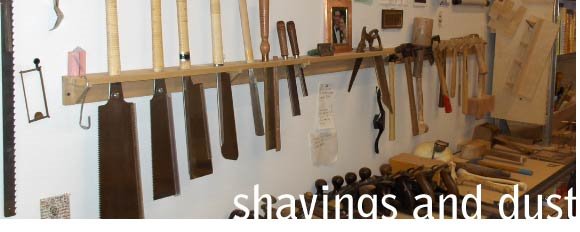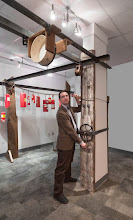Naoshima is a small island in the Seto Inland Sea. There is not a lot to recommend it over other small islands, really, and there are a LOT of small islands in the Inland Sea, which reminds me a lot of the coast of Maine. I mean, the beaches are different and the islands are different and there are different plants and, well, ok, we are definitely not in Maine, but there is something about all of these little islands rising out of the water that is Maine-like. This photo may not do it justice, but check it out:
You see what I mean?
So Mitsubishi used to have a refinery on Naoshima, and still does own part of the island. I have been assured they are cleaning up their site these days, but who knows.
The Benesse Company, which is a big industrial-sized publisher, bought this island in the '70's I think, and in the '90's started work on the Benesse Art Site, a combination of site-specific sculptural installations, accommodations, restaurants, and galleries, and they commissioned Tadao Ando to build it. It is breathtaking.
I don't have any photos of the inside of the structures (we are told not to take photos), and had a hard time taking photos of the exteriors as well, but there is a book in the room that has some photos in it, so the following are a combination of my photos and photos from the book. Including this next one by Osau Watanabe. This is the Benesse House Art Site as seen from the air. Maybe you can understand why it is so hard to photograph, it is built into the Earth so much that standing outside it you never really see a whole lot of it.
Here is another photo by Watanabe. This is the deck, I suppose, or veranda. It is reached by walking out of a wall-sized glass door, Ando has a thing (I would say it is a very Japanese thing) about blurring the difference between outside and inside. The photos on the wall are completely encased in acrylic, and are on display outside all year long. I love how wacky that is. And the walls frame a view of a little harbor, which is itself square. So you have the landscape carefully framed by square walls, and off in the distance you have another human-made square structure continuing the theme.
This next photo is mine. It is of a Richard Long piece called "full Moon Stone Circle," and is made of stone laid on another deck. It was originally installed with another, identical piece on the inside of the gallery made of driftwood, which has since been removed, but this piece is pretty lovely in itself. I am so smitten by the tension between the perfect circular outer edge and the jumbled, rough texture of the rock itself. Just lovely.
Ok, now we get to what our rooms look like. I said that this is a combination of accommodation and gallery, so here goes, starting with an ærial view by Watanabe:
We are staying in "The Oval," a series of guest rooms at the very top of the hill. It is almost the highest point on the island, and it is incredible. You approach the building on a six person monorail tram. This slowly takes you up the (very steep) side of the mountain, and deposits you on a covered platform at the end of a hall. You walk down the hall and here is what you see:
All of the rooms let off an oval atrium with a huge reflecting pool in the center of it. The water running over the side of the pool makes a lovely white noise as it echoes off of the walls, and you circumambulate the water as you go to your room.
My room looks like this:
One whole wall is windows, and the windows both open, so that by sliding one of the windows away there is no barrier between inside and outside, between nature and human-made space. It really is quite stunning. Here is another view:
And the view from my room this morning when I got up:
Not too bad.
This place is pretty incredible, even given the lack of internet (First World problem). The idea that we get to stay in a space that was designed so well, so tightly, is pretty special. And I am thinking a lot about these barriers we set up for ourselves: inside/outside, human/nature, transparent/opaque. The ways that Ando manipulates them helps us to understand that our thinking about them is arbitrary at best. We have cultural expectations about walls and windows, about interior spaces and exterior spaces, as do the Japanese. But these are learned responses to the built environment, and we can learn other ways of thinking about that.
Which of course can be expanded to address all of the cultural assumptions that we make, about the role of people in our lives, about our responsibilities to each other. All of these are things that are open to question, open to improvement, just as much as the size of a window is.
Pretty cool place.













1 comment:
Simply incredible! I'm so glad that you're taking time to blog about your trip. Thanks for sharing your journey.
Post a Comment